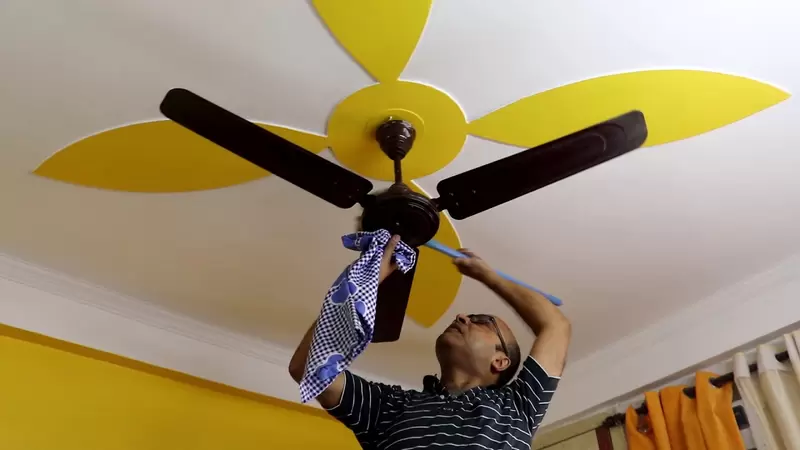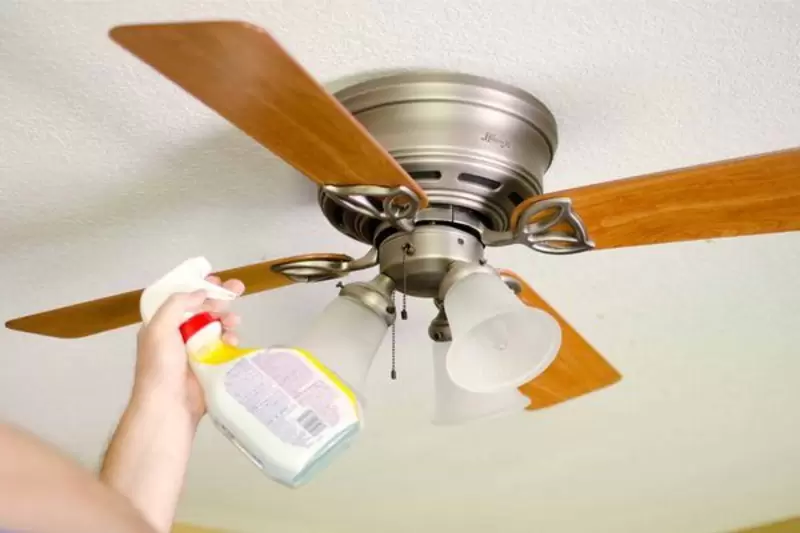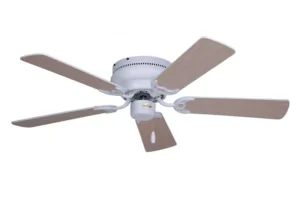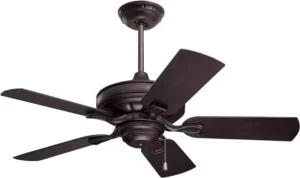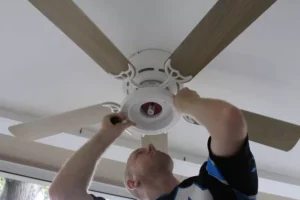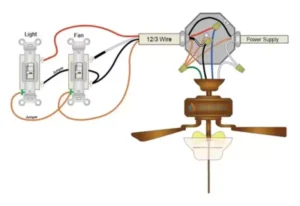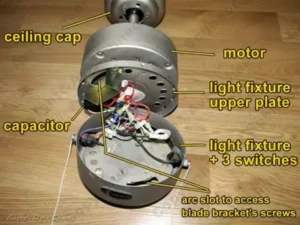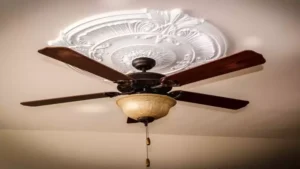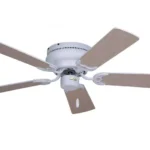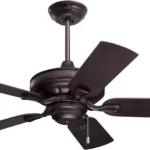The Complete Guide: How to Clean Ceiling Fans
Ceiling enthusiasts are a great manner to circulate air and preserve your house cool, but they can quickly come to be ugly and unhygienic if no longer cleaned regularly. dust, dust, and grime can gather at the blades and frame, decreasing performance and dispersing allergens into the air you breathe. fortuitously, with the proper method and equipment, giving your ceiling fan a radical cleaning is a breeze. on this comprehensive manual, we’re going to walk you through the stairs to get your fanatics looking spotless and running at peak performance.
Accumulate Your Ceiling Fan Cleaning Elements
Before you start, make certain you have the following items accessible:
– Microfiber dusters or clean rags
– All-cause cleaner (or a DIY vinegar answer)
– Step stool or ladder (for correctly attaining excessive fanatics)
– Antique towels or sheets to capture falling dust and particles
It is also critical to wear proper non-slip footwear and keep in mind protection measures like securing the ladder. seasoned tip: Lay out vintage sheets or towels under the fan to catch any dust or dirt that falls all through cleansing.
Step 1 – Flip it Off and allow the Blades Forestall Spinning
Safety first! earlier than touching your ceiling fan, be sure to unplug it from the electricity supply or flip off the circuit breaker controlling that room. look forward to the blades to return to a whole forestall before proceeding.
Step 2 – Remove Fan Blades (If Possible)
Many ceiling fans allow you to detach the blades for easier cleaning. Consult your fan’s instruction manual for the proper removal method. If possible, gently remove each blade and lay them out on a covered surface or old towels to clean separately.
Be cautious when handling the motor housing and attached light kits, as these areas require extra care to avoid damage.
Step 3 – Dust the Fan Body and Light Kits
With the blades removed (or still attached if not detachable), use your microfiber duster or clean rag to thoroughly wipe down the fan’s body, motor housing, light kits, and any attached decor. Angle a bright light towards the fan to spot any remaining dust or grime.
If you encounter areas with stubborn built-up grime or grease, make a note to deep clean those spots later.
Deep Cleaning Stubborn Grime and Grease
For set-in grease or gunk that might not come off with a dry rag, it is time to interrupt out the cleaners. A easy degreaser answer can be made through mixing some drops of dish soap with warm water.
Dip a easy rag into the answer and use a firm, circular scrubbing movement to tackle the dirty areas. Pay special attention to nooks and crannies in which gunk can acquire.
As soon as the motor housing and body are very well cleaned, you may reattach the blades (in case you removed them in advance).
Step 4 – Clean the Fan Blades
Lay out towels or old sheets on the floor beneath the fan, then use your dry microfiber duster to remove any surface dust from the tops and bottoms of each blade.
For fans with curved or decorative blades, use a gentle scrubbing motion with the duster to dislodge dirt from crevices.
If the blades are particularly grimy, dampen a clean rag with soapy water and wipe them down, taking care to dry each blade thoroughly before reassembling.
Wrapping Up – A Few Extra Tips
– Establish a regular ceiling fan cleaning schedule based on your home’s environment (every 3-6 months for most households).
– Try using an old pillow case as a dust catcher: slip it over each blade and pull to remove built-up debris.
– For antique or complicated fans, consider hiring a professional cleaning service to ensure proper care.
Case Study: A family in Phoenix with two young children and pets struggled with persistent dust and dander buildup on their ceiling fans, despite regular cleaning. By following a monthly schedule of wiping down the blades and motor housing as outlined above, they noticed a significant improvement in indoor air quality and reduced allergy symptoms.
Maintaining a clean ceiling fan not only extends its lifespan but also improves energy efficiency by allowing optimal air circulation. By investing a little time and effort, you can keep your fans working their best and your indoor air fresh.
So what are you waiting for? Implement this step-by-step guide, and your ceiling fans will be spinning smoothly in a sparkling, low-profile, hugger and compact ceiling fan friendly environment for small spaces and rooms with low ceilings. No more struggling with grimy, dusty flush mount or ultra powerful low profile mount fans – just clean smart technology circulating cool breezes throughout your outdoor and indoor living areas.
